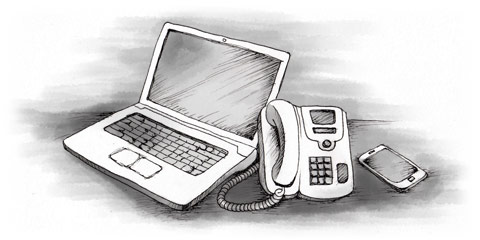Like a lot of African countries, the proportion of mobile service penetration in the telecoms market is much higher than fixed-line. The advantages are clear when you consider that handset costs are going down all the time, and the growth of Internet usage from mobile phones has grown immensely.
Despite limited competition (there are only two mobile networks), early investment in 4G infrastructure in 2012 means Angola has beaten many developed nations to the next stage of mobile provision. This should mean greater access to Internet services on mobiles with 4G’s better connection speeds.
Mobile internet is also driving innovation in Africa more widely as locals develop uses and applications relevant to their needs. Whilst Angola is not currently educationally suited to technology development, the access to technology that will potentially create innovative solutions is certainly there.
Traditional broadband and cable Internet access remains limited, mainly to Luanda. But the numbers of Internet users have risen sharply as infrastructure spending and market deregulation have taken effect. As of June 30, 2012, there were 2,976,657 Internet users (approximately 14.8% of the population) according to IWS (Internet World Stats) .

